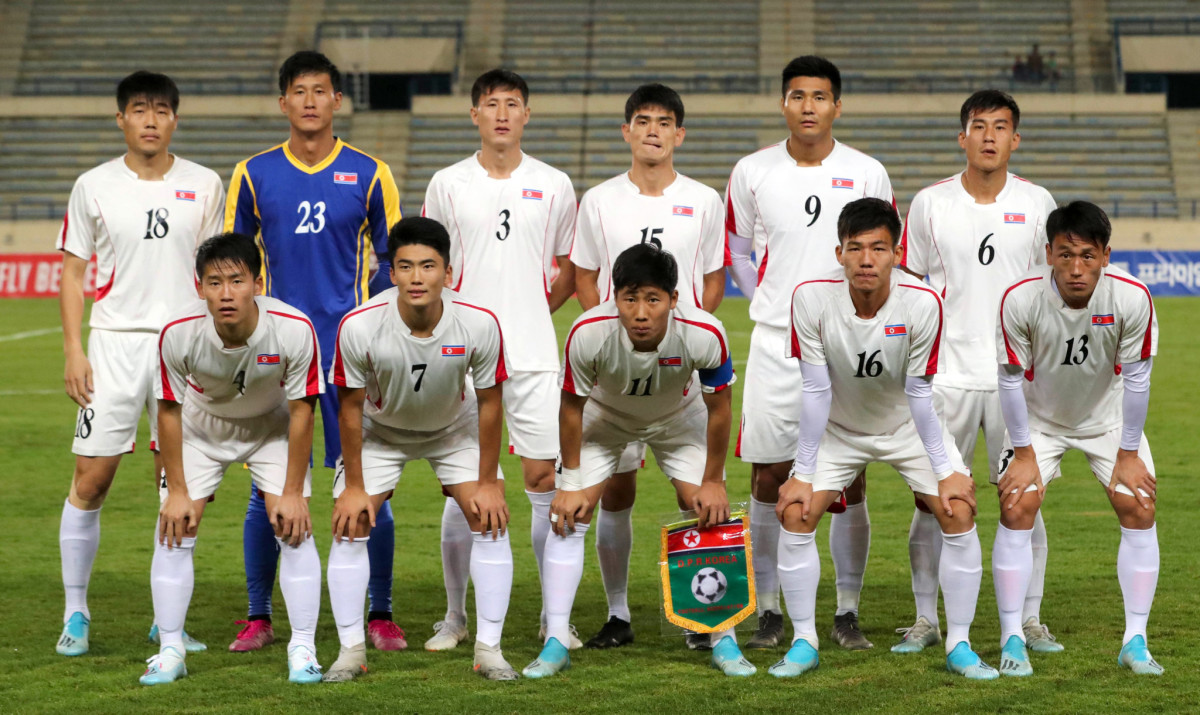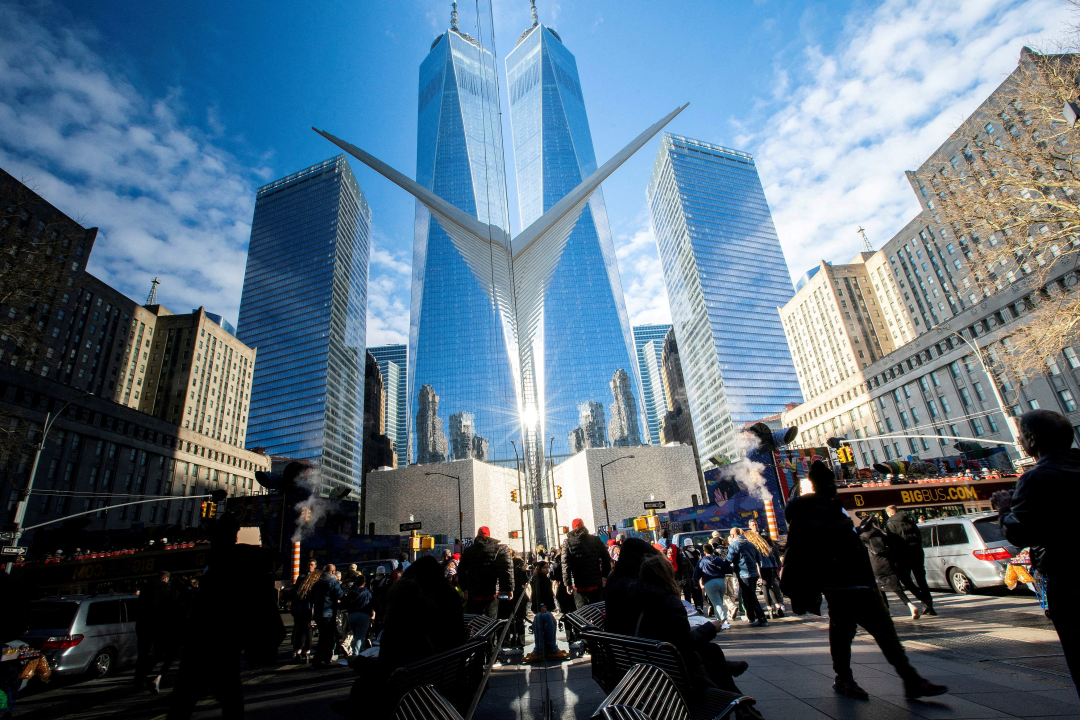Picture this: It’s a crisp evening in 2018, and I’m glued to my living room TV, heart pounding as my home country’s team scrapes through a nail-biting playoff against a fierce rival. That rush of qualifying for the World Cup—it’s like unlocking the door to the biggest party in football. For millions of fans worldwide, the qualification process isn’t just a series of games; it’s a rollercoaster of dreams, upsets, and sheer grit that decides which nations get to shine on the global stage. In this deep dive, we’ll unpack exactly how national teams earn their spot in the FIFA World Cup, from the regional battles to those dramatic intercontinental showdowns, all while exploring the evolution, the drama, and what it means for the expanded 2026 tournament.
The Basics of FIFA World Cup Qualification
At its core, qualifying for the World Cup is a massive elimination tournament spread across continents, where over 200 national teams vie for a handful of spots. FIFA, the governing body of world football, divides the planet into six confederations, each running its own qualifying format tailored to the number of allocated slots. These slots are based on factors like confederation strength and historical performance, ensuring a balanced representation at the finals. The process kicks off years before the World Cup, with teams playing home-and-away matches, group stages, and sometimes playoffs, turning everyday players into national heroes—or heartbreakers.
What is FIFA and Its Role in Qualification?
FIFA, or the Fédération Internationale de Football Association, oversees global football and sets the rules for the World Cup, including how many teams from each region qualify. Founded in 1904, it ensures fair play, from anti-doping measures to tournament logistics, while allocating berths to keep the competition diverse and exciting. Without FIFA’s structure, qualification would be chaos—imagine every team showing up uninvited!
The Evolution of the Qualification Process
Qualification started humbly in 1934, with just 32 teams entering and the first match seeing Sweden thrash Estonia 6-2. Over decades, it grew as the World Cup expanded—from 16 teams in the early days to 32 by 1998, and now 48 for 2026. Early tournaments relied on invitations, but today’s system emphasizes merit through grueling qualifiers, adapting to include more nations and intercontinental playoffs for added drama.
The Six FIFA Confederations and Their Paths to Glory
FIFA’s confederations act like regional leagues, each with unique formats reflecting team counts and competitive levels. For the 2026 World Cup, slots have increased due to the expansion, giving underdogs like those from Oceania a real shot. This setup not only levels the playing field but also fuels rivalries that make football so addictive—think Brazil vs. Argentina in South America.
| Confederation | Region | Direct Slots for 2026 | Play-Off Spots | Total Possible |
|---|---|---|---|---|
| UEFA | Europe | 16 | 0 | 16 |
| CAF | Africa | 9 | 1 | 10 |
| AFC | Asia | 8 | 1 | 9 |
| CONMEBOL | South America | 6 | 1 | 7 |
| CONCACAF | North/Central America & Caribbean | 3 (+3 hosts) | 2 | 8 |
| OFC | Oceania | 1 | 1 | 2 |
Qualification in UEFA (Europe)
Europe’s UEFA boasts the most slots—16 for 2026—thanks to its powerhouse teams like Germany and France. Teams are drawn into 12 groups of four or five, playing home-and-away round-robin matches; the 12 group winners qualify directly, while runners-up and top Nations League performers enter playoffs for the remaining four spots. It’s intense, with minnows like North Macedonia occasionally stunning giants, reminding us football’s full of surprises.
Qualification in CAF (Africa)
Africa’s CAF has grown to nine direct spots plus one playoff for 2026, reflecting the continent’s rising talent. Fifty-four teams start in a first round of knockouts for the lowest-ranked, then advance to group stages where winners qualify directly; runners-up battle in further rounds. I once followed Cameroon’s epic run—those passionate crowds make every goal feel like a revolution.
Qualification in AFC (Asia)
Asia’s AFC offers eight direct berths and one playoff, starting with preliminary knockouts for lower teams, leading to group stages. The top two from each third-round group qualify, with thirds and fourths entering additional rounds for more chances. It’s a grind, but seeing teams like Japan dominate brings a smile—Asia’s underappreciated flair shines here.
Qualification in CONMEBOL (South America)
South America’s CONMEBOL is straightforward: a single 10-team league where everyone plays home-and-away, with the top six qualifying directly and seventh entering playoffs. The intensity is unmatched—picture Messi weaving through defenses amid roaring fans; it’s pure poetry with a dash of chaos.
Qualification in CONCACAF (North/Central America & Caribbean)
CONCACAF’s path includes three direct spots (plus hosts Canada, Mexico, USA), with two playoff berths. Lower teams start in early rounds, advancing to a final hexagonal or group stage where top performers qualify. As someone who’s cheered for underdogs like Costa Rica, these qualifiers often produce Cinderella stories that capture hearts.
Qualification in OFC (Oceania)
Oceania’s OFC has one direct spot and one playoff, with teams like New Zealand typically dominating. It begins with knockouts, leading to group winners advancing to finals for the berth. It’s a tough road against isolation, but triumphs here feel extra sweet—like finding an oasis in a desert.
The Thrill of Intercontinental Play-Offs
When direct spots aren’t enough, intercontinental playoffs add edge-of-your-seat drama. For 2026, six teams—one each from AFC, CAF, CONMEBOL, OFC, and two from CONCACAF—compete in a mini-tournament for two final berths. Seeded based on rankings, they play single-elimination matches; it’s where dreams collide, like Australia’s penalty shootout heroics in 2022.
How Play-Offs Work in Practice
Two seeded teams get byes to semifinals, while others duel in quarters; winners advance to claim World Cup tickets. This format rewards consistency but allows for upsets, keeping fans guessing until the final whistle.
Famous Play-Off Moments
Remember Peru’s tearful exit or Italy’s shocking misses? These playoffs create legends, blending heartbreak with euphoria in football’s ultimate pressure cooker.
Major Changes for the 2026 FIFA World Cup
The 2026 edition, hosted by Canada, Mexico, and the USA, expands to 48 teams, boosting slots across boards and introducing more playoffs. This shift aims for inclusivity, letting more nations participate—though critics worry about diluting quality, it’s opened doors for fresh faces.
Why the Expansion Matters
More teams mean broader global representation, from Asia’s emerging stars to Africa’s depth. It’s like inviting the whole neighborhood to the block party, ensuring no talent goes unnoticed.
Impact on Traditional Powerhouses
Giants like Brazil still dominate, but expansion eases pressure on mid-tier teams, fostering growth. Personally, it reminds me of how expansions in other sports sparked new rivalries.
Who Has Qualified So Far? (As of August 2025)
With qualifiers ongoing, hosts Canada, Mexico, and USA are in. From AFC: Japan, IR Iran, Uzbekistan, Jordan; CONMEBOL: Argentina; OFC: New Zealand. More will follow as matches wrap up—stay tuned for surprises.
- AFC Qualifiers: Japan led the charge, followed by powerhouses like Iran.
- CONMEBOL Standouts: Argentina’s spot was never in doubt, thanks to Messi’s legacy.
- OFC Winner: New Zealand clinched early, dominating the region.
- Pending Battles: Europe and Africa have heated races ahead.
Pros and Cons of the Qualification System
Every system has its quirks—here’s a balanced look at FIFA’s approach.
Pros
- Promotes global diversity by allocating slots regionally.
- Builds excitement through long campaigns and upsets.
- Rewards consistent performance over luck.
- Encourages investment in grassroots football worldwide.
Cons
- Stronger confederations get more slots, potentially unbalancing finals.
- Long formats can exhaust players before the tournament.
- Playoffs add drama but can feel unfair to close contenders.
- Logistical challenges for smaller nations, like travel costs.
Comparing Qualification Formats Across Confederations
Qualification varies wildly, from CONMEBOL’s simple league to AFC’s multi-round marathon. Here’s a quick comparison:
| Aspect | UEFA | CONMEBOL | AFC |
|---|---|---|---|
| Teams Entering | 55 | 10 | 46 |
| Format | Groups + Playoffs | Single Round-Robin | Multi-Rounds + Groups |
| Duration | 1-2 Years | 2 Years | 3-4 Years |
| Intensity | High (Many Teams) | Extreme (Few Games) | Grueling (Stages) |
This variety keeps things fresh, adapting to each region’s needs.
People Also Ask: Common Questions About World Cup Qualification
Drawing from what fans are searching for, here are real queries with straightforward answers.
- How many teams qualify from each continent? It varies: Europe gets 16, Africa 9+, Asia 8+, etc., as detailed earlier.
- When do World Cup qualifiers start? Typically 2-3 years before the tournament; for 2026, many began in 2023.
- How does the USA qualify? As hosts, they’re automatic, but normally via CONCACAF groups.
- What if a host needs to qualify? Hosts get auto-berths, freeing up slots for others.
- Are there wild cards? No, but playoffs act like them for borderline teams.
How to Follow and Engage with Qualification Matches
Want to dive in? Check official FIFA streams or apps for live updates—navigational gold for fans. For the best experience, use tools like the FIFA+ app or ESPN for scores and highlights.
Where to Watch Live
Platforms like YouTube TV or DAZN often broadcast qualifiers; local networks cover home teams. It’s easy—grab popcorn and join the global cheer.
Best Tools for Tracking Progress
Apps like FotMob or OneFootball offer real-time alerts, stats, and predictions—perfect for transactional needs like betting or fantasy leagues.
FAQ: Answering Your Burning Questions
How long does the qualification process take?
It spans 2-3 years, starting with draws and ending with playoffs, building anticipation step by step.
Can a team qualify automatically besides hosts?
Defending champions used to, but since 2006, only hosts do—everyone else earns it.
What happens if teams tie in groups?
Goal difference, head-to-head results, or fair play points decide; playoffs if needed.
How has qualification changed post-COVID?
Schedules tightened, but formats stayed similar, with more emphasis on player welfare.
Is there a way for fans to influence qualification?
Not directly, but fan support boosts morale—chant loud, and who knows, it might tip the scales!
In wrapping up, qualifying for the World Cup is more than logistics; it’s the heartbeat of international football, weaving tales of triumph and tears that unite us all. From my own memories of late-night watches to the global stories unfolding now, it’s what makes the beautiful game truly universal. For official details, visit FIFA’s qualification page. Whether you’re rooting for giants or underdogs, the road to the Cup is where legends begin—let’s see who makes it to 2026.
(Word count: 2,756)





